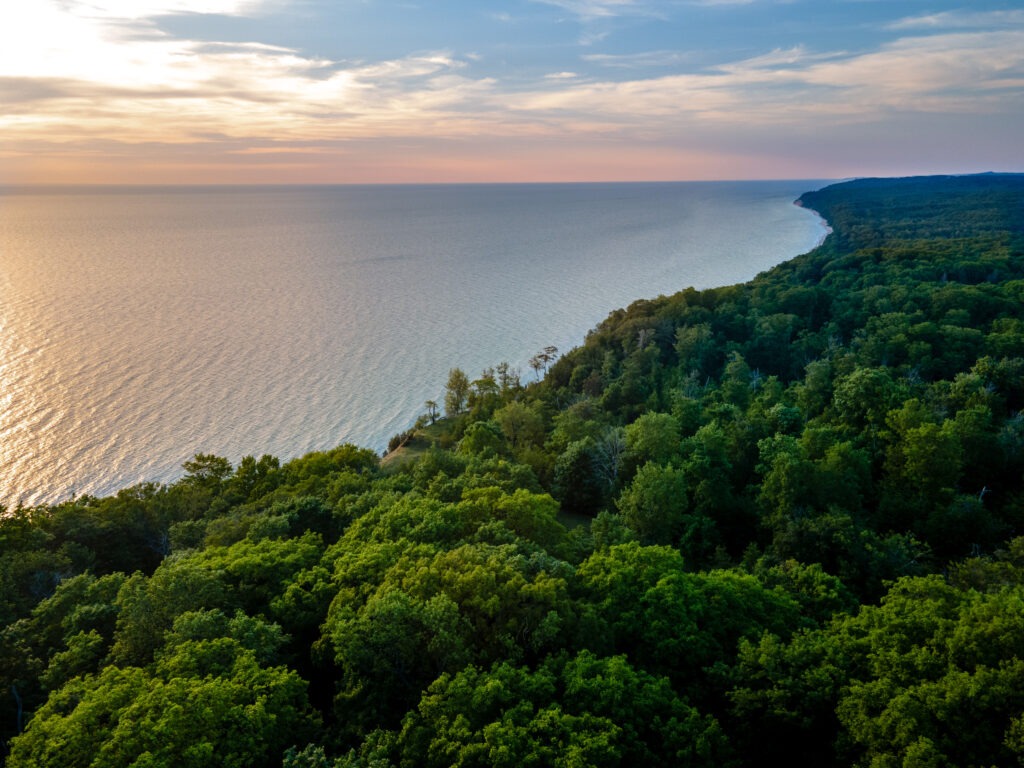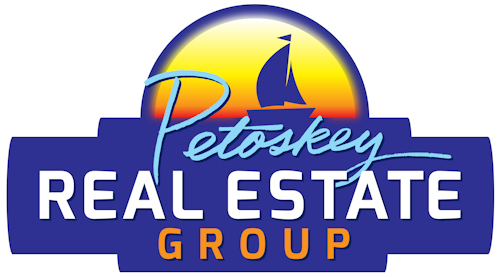
Traverse City is a magnificent diverse city in the heart of Grand Traverse County. It is the largest city in the 21-county Northern Michigan region. This city is also known as the Traverse City Region which is known world-wide for its lush countryside and tourism. The Traverse City area is the largest producer of tart cherries in the United States. Traverse City is a part of the greater Northern Michigan region. The city is the main inland port of the Grand Traverse Bay which is a long, natural harbor separated from the waters of Lake Michigan by the Leelanau Peninsula and divided longitudinally almost evenly by a narrow peninsula of tiered hillsides and farmland called Old Mission Peninsula. Grand Traverse Bay, northeastern arm of Lake Michigan, indenting the northwest coast of the Lower Peninsula of Michigan, U.S. The bay is 32 miles long and 12 miles wide; Old Mission Peninsula, which is just 3 miles wide, juts into the bay for 17 miles, dividing it into an East Arm and a West Arm. Traverse City is located at the peninsula’s base. The Leelanau Peninsula lies west of the bay, which is noted for its year-round fishing. The bay’s shores form an important summer resort and cherry-growing region. The most prominent of the city’s waterways is the Boardman River. Along with Boardman Lake, the river is part of the Boardman River Watershed. The Boardman’s 287-square-mile watershed contributes one-third of the water volume to the bay and is one of Michigan’s top-ten fisheries, with more than 36 miles of its 179 miles designated as a Blue Ribbon trout fishery. It is also a state-designated “Natural River”. Recently, a large project was finished on the Boardman, removing multiple dams from the course of the river.
The Traverse City area is home to the Ojibwe, Ottawa, and Potawatomi people. They lived through the European colonization and the establishment of the Northwest Territory. The Traverse City area was known to Natives as Kitchiwikwedongsing, which was often shortened to Wequetong, meaning “at the head of the bay”, in reference to Grand Traverse Bay. The most recent Native American settlement, Wequetong, is located near what is now Clinch Park in downtown Traverse City. Over time, European settlers killed the Natives, and their settlements at the head of Grand Traverse Bay were slowly abandoned.
After the colonists came in, they discovered the Grand Traverse Bay. The bay earned its name from 18th-century French voyageurs who made la grande traverse, or “the long crossing”, across the mouth of bay, from present-day Norwood to Northport. The area was owned by the French, followed by Great Britain as the Province of Quebec. After 1776, the area was owned by the Americans.On the Old Mission peninsula, Rev. Peter Doughtery started the first permanent settlement in 1839. This was called “Grand Traverse” and is today known as Old Mission.
Traverse City hosts the annual week-long National Cherry Festival in the first full week of July during peak harvest. The surrounding countryside also produces grapes and is one of the largest centers of wine production in the Midwest. Tourism, both summer and winter, is another key industry. The Traverse City area features varied natural attractions, including freshwater beaches, vineyards, a National Lakeshore, downhill skiing areas, and numerous forests.
When Traverse City transforms into a snow globe, the fun begins! Race a sled down the Dune Climb at Sleeping Bear Dunes National Lakeshore or take a quiet snowshoe hike in the woods. Go skiing or snowboarding, tubing with the family or fat-biking along the snow-covered trails. When you’re ready to relax for the day, make your way over to downtown to visit one of the unique restaurants offering outdoor seating in yurts or igloos where you can enjoy a local libation and a warm meal.
